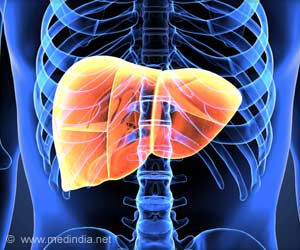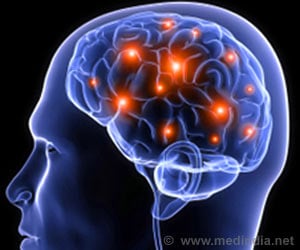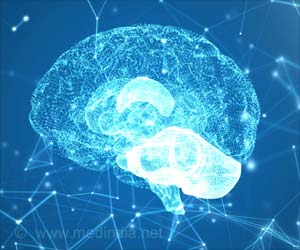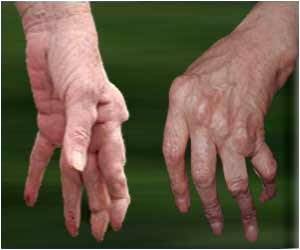Brain cell death after injury might be due to the release of toxic fatty acids by a specific glial cell.

‘Brain cell death after injury might be due to the release of toxic fatty acids by a specific glial cell called astrocytes. This finding may help advance the treatment of Alzheimer’s, glaucoma, and various other brain diseases.
’





Earlier studies have shown that astrocytes (type of star-shaped glial cell) are the culprits behind cell death seen in Parkinson’s disease and dementia, among other neurodegenerative diseases. Experts affirm that the glial cells release these neuron-killing molecules to “clear away” damaged brain cells. However, the identity of this toxin has remained a mystery until now.
Neuron and Glial Cells
The present study however opens the door by stating that tissue damage prompts astrocytes to produce two kinds of fats – long-chain saturated free fatty acids and phosphatidylcholines. These fats are found to trigger cell death in damaged neurons.
The research team validated their study in the mice model, where blocking of the fatty acid formation allowed almost 75% of neurons to survive when compared to only 10% when the fatty acids were allowed to form.
Advertisement
“Our findings show that the toxic fatty acids produced by astrocytes play a critical role in brain cell death and provide a promising new target for treating, and perhaps even preventing, many neurodegenerative diseases,” says study co-senior author Shane Liddelow, Ph.D.
Advertisement
The study finding thereby provides a detailed molecular map of how tissue damage leads to brain cell death. This may help advance treatment of Alzheimer’s, glaucoma, and other brain diseases.
Source-Medindia










